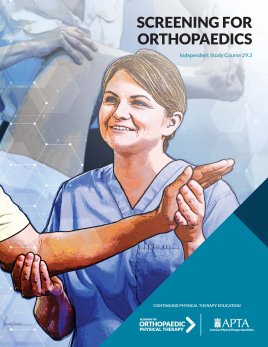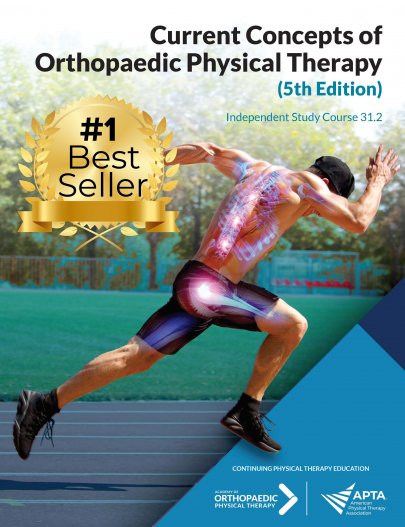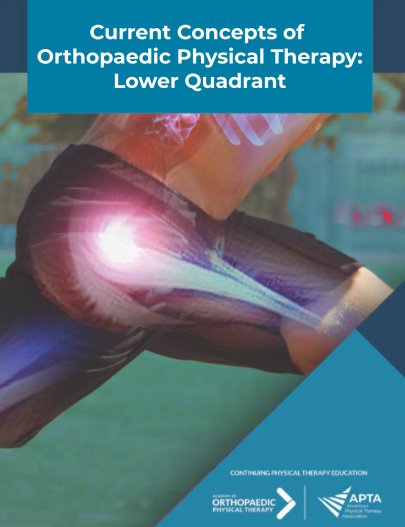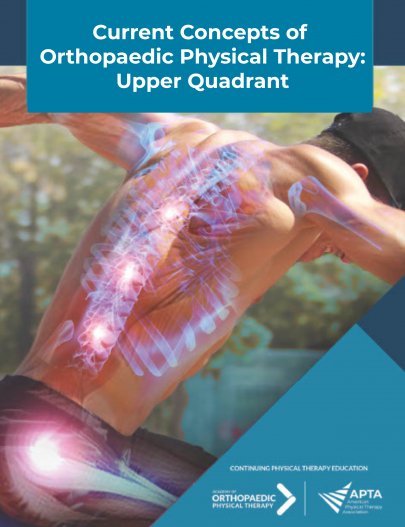
Screening for Orthopaedics
Contact Hours: 0
| Online Only | |
|---|---|
| APTA Orthopedics Member | $40 |
| Non-APTA Orthopedics Member | $90 |
Note: CEUs are not offered for this course.
Course Description
This course discusses the principles of differential screening and the important role physical therapists play in primary care. The authors apply a systematic data collection process to screening using the VINDICATE methodology for organizing a structured examination. This approach is used for the upper and lower extremities in separate monographs. A total of 9 patient case scenarios help apply concepts for the reader and highlight critical decision-making.
Course Overview
Course Format: Online
Free Preview
Click here for a free preview of this course.
Course Objectives
- Discuss the significance of direct access legislation and how this influences differential diagnosis content and understanding.
- Identify the important factors to screen for in a review of systems.
- Discuss the pros and cons of using red flags for identifying systemic conditions. .
- Explain the use of VINDICATE to facilitate a thorough history-taking during a patient examination.
- Differentiate between the signs and symptoms underlying systemic causes of shoulder dysfunction and orthopaedic causes.
- Differentiate between the signs and symptoms underlying systemic causes of elbow, forearm, and wrist dysfunction and orthopaedic causes.
- Differentiate between the signs and symptoms underlying systemic causes of hip dysfunction and orthopaedic causes.
- Differentiate between the signs and symptoms underlying systemic causes of knee, ankle, and foot dysfunction and orthopaedic causes.
- Recognize clinical patterns associated with orthopaedic conditions in the upper and lower extremity and when to refer to another health care professional.
- Recognize the usefulness of the mnemonic VINDICATE and how this applies to screening of the upper extremity and lower extremity.
Topics and Authors
- Principles of Differential Screening
John Heick, PT, DPT, PhD, OCS, NCS, SCS; Seth Peterson, PT, DPT, OCS, FAAOMPT; Tarang Jain, PT, DPT, PhD - Screening the Upper Extremity
John Heick, PT, DPT, PhD, OCS, NCS, SCS; Seth Peterson, PT, DPT, OCS, FAAOMPT; Tarang Jain, PT, DPT, PhD - Screening the Lower Extremity
John Heick, PT, DPT, PhD, OCS, NCS, SCS; Seth Peterson, PT, DPT, OCS, FAAOMPT; Tarang Jain, PT, DPT, PhD
Customers Frequently Viewed
Videos
Add To Cart
Which version of the course would you like to purchase?
Members Only
You need to be a member to buy this course.
Join today to enjoy exclusive deals and prices on all courses.
Join Now


